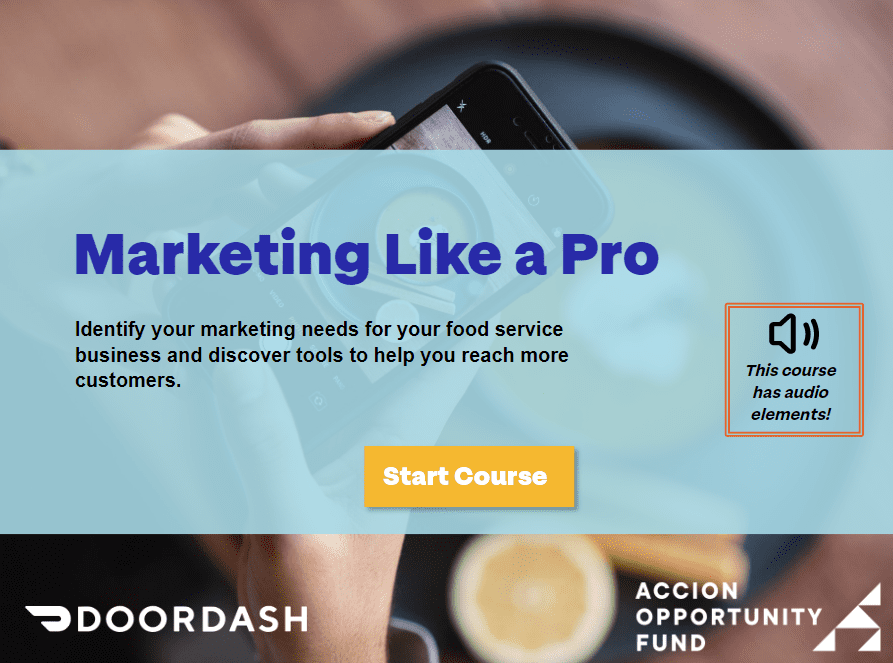Set Up A Loyalty Rewards Program: The Why And The How
Loyalty programs are a great way to keep new customers coming back. Here’s what you need to know to set up a loyalty rewards program.

Loyalty rewards programs have been used to great success by large corporations and small businesses alike. They’re a terrific way to bring in new customers and to keep old customers coming back for more. The key is knowing how to implement loyalty rewards programs successfully. What are the best types of loyalty rewards programs? How do you set up a loyalty rewards program for your small business? There’s a rewards program strategy for nearly every type of business, so here’s what you need to know.
What Types Of Customer Loyalty Rewards Programs Can I Use?
Customer loyalty rewards programs can take many forms. What’s right for one business might not the right one for you and you may need to try a few on for size until you find the best fit.
1. Customer Loyalty Punch Cards
As a consumer, you’ve probably already familiar with this idea. In fact, you probably have several of these stashed in your wallet right now.
A simple punch card is a low-tech, accessible option that any small business can use. The basic concept is that for every “X” number of punches, the customer receives a small free gift or discount – examples include a free coffee, 10% off hair services, or a travel-sized version of one of your products.
Pros: EASY! You can take the proposed copy to the local print shop and start your punch card loyalty program today. Customer loyalty punch cards are a low-tech, low cost way for small businesses to reward customers for their continued business.
Cons: Customer loyalty punch cards are hard to track. If you’re looking to use this particular loyalty rewards program for PR data, then you may not get the feedback you need. Another con is that you don’t obtain valuable demographic info from your customers with this model, as you would with email programs. Finally, unscrupulous customers may be able to game the system by finding a matching hole punch and punching their own cards.
2. Email Opt-In Customer Loyalty Rewards Programs
The email opt-in program is another easy to implement option. You simply ask customers for their email addresses, either when they visit your website or when they make a purchase. This allows your continued communication with your loyal customers. By becoming members of your email-based program, they’ll have access to exclusive deals and offers that non-members can’t get. Just make sure that you do offer real value; this can be a harder sell because consumers are already inundated with emails so you want to make it worth their while to let you into their inbox.
Pros: An email opt-in customer loyalty rewards program is easy for customers. They don’t have to download an app or do anything extra to get the reward, and they don’t have to worry about losing a punch card.
As a small business owner, you may like the email opt-in because it provides you with trackable quantifiable data for your marketing and PR efforts.
Email opt-in programs are also a potentially large source of revenue. You can share promos, sales, and seasonal events with your loyalty rewards program customers. By pushing sales and events to your valued, select customer loyalty rewards program members, you can boost your sales numbers with little additional effort.
Cons: Some customers may be wary about disclosing personal information or adding it to their junk mail folders. You may have to sweeten the deal to entice them to share their email info.
From a small business perspective, the email opt-in requires a dedicated level of maintenance and attention to the emails that go out. Unlike the punch card, this is not a one-and-done endeavor. You’ll need to continually update your list, draft emails, and manage and monitor these online communications. This may be a significant time burden for new or start-up companies.
3. Premium Loyalty Programs
A premium loyalty program rewards customers who spend the most. In order to qualify for this program, customers will have to spend a pre-set dollar amount at your store or on your site. Once they meet the spending threshold, they’ll be rewarded by being added to this exclusive group and getting access to deals and perks that other customers don’t have. They’ll have to sign up either via email or through an account on your website so you can track their purchases.
Pros: The customer premium loyalty program encourages customers to spend a certain amount, which can boost your sales numbers. It may also add value to your business brand by adding an element of exclusivity to shopping with your store. This type of premium loyalty program allows you to track demographics and keep tabs on your marketing data.
Cons: Just as with the email opt-in option, the customer premium loyalty program requires work on your end to implement, track, and maintain. You may need to use specialized software or hire help to use this for maximum impact. You want to make sure you have the time resources available to commit to this program to make it run smoothly. You’ll also need to make sure that the system runs smoothly. Customers should be able to check in on their own accounts with little effort to see how close they are to hitting the mark and to make sure that every purchase is counting.
4. Contests
People love winning something for nothing. Running a contest or giveaway for your customer loyalty rewards group can be an effective way to spread the word about your business and reward loyal customers with a big prize. Contests tend to generate excitement about the brand and the prize at stake.
Pros: Contests generate buzz about your business. If you use social media to spread the word, then you can also find new customers with this tactic.
Cons: Contests may be expensive if you opt for a costly grand prize. There will also be some legwork involved in getting the contest off the ground and keeping tabs on its progression.
How To Make Customer Loyalty Rewards Programs Work for You
Those are some of the types of programs you can use (and you may very well come up with others!), but how do you actually put them to work for your business?
1. Balance Your Rewards Carefully
The goal for your business is to select a reward that is both worthwhile for your business and attainable for your customers. That can be a tough balance to find, and you may to experiment in the beginning to see what customers respond best to.
This means flexibility and trial and error. You want to offer something attractive enough to draw customers in, but not so valuable that it costs you money.
2. Pursue Partnerships
Some of the most effective customer loyalty rewards programs are the result of partnerships with other businesses. Look for other local businesses that complement your marketing goals. Maybe you run a bakery – find a local coffee shop and work to create a loyalty rewards program together. You could offer your customers credit for either store’s punch cards, for example.
3. Maintain Relationships With Your Loyalty Rewards Customers
At the end of the day, your business depends on your relationship with your customers. Your loyalty rewards program acts as an introduction to those customers, so make a good first impression and then maintain that relationship. Be responsive to their needs and inquiries. Check-in with them to make sure you’re meeting their expectations and that the rewards program is still valuable to them. The best way to find out what your customers want is to ask them – they’ll give you a wealth of information you can use to make your business better.
4. It’s All In The Details
If you have a customer loyalty rewards email opt-in, then use that information to treat your customers like you would friends. Send them birthday or anniversary messages. Consider offering a birthday or anniversary reward. Some restaurants will send their loyalty rewards members a coupon for a free dinner or free bottle of wine on their birthdays and anniversaries. These small gestures make loyal customers feel special, valued, and more likely to return to your business.
5. Set Goals
Before you implement any customer loyalty rewards program (or any new program at all), you need to set concrete goals. Ask yourself what you hope to achieve with your customer loyalty program. Better sales numbers? More active social media presence? More repeat buyers?
Once you have clear goals, it will be much easier to design a strategy to meet them. And it will help you assess the success of your program and figure out what changes you need to make.
Keep “˜Em Coming Back For More
Knowing how to set up a customer loyalty rewards program is something that all small businesses can learn. It doesn’t need to be expensive or unduly complex. It’s just about reminding your customers that you care about them and want them to come back – and they’ll respond to that!









